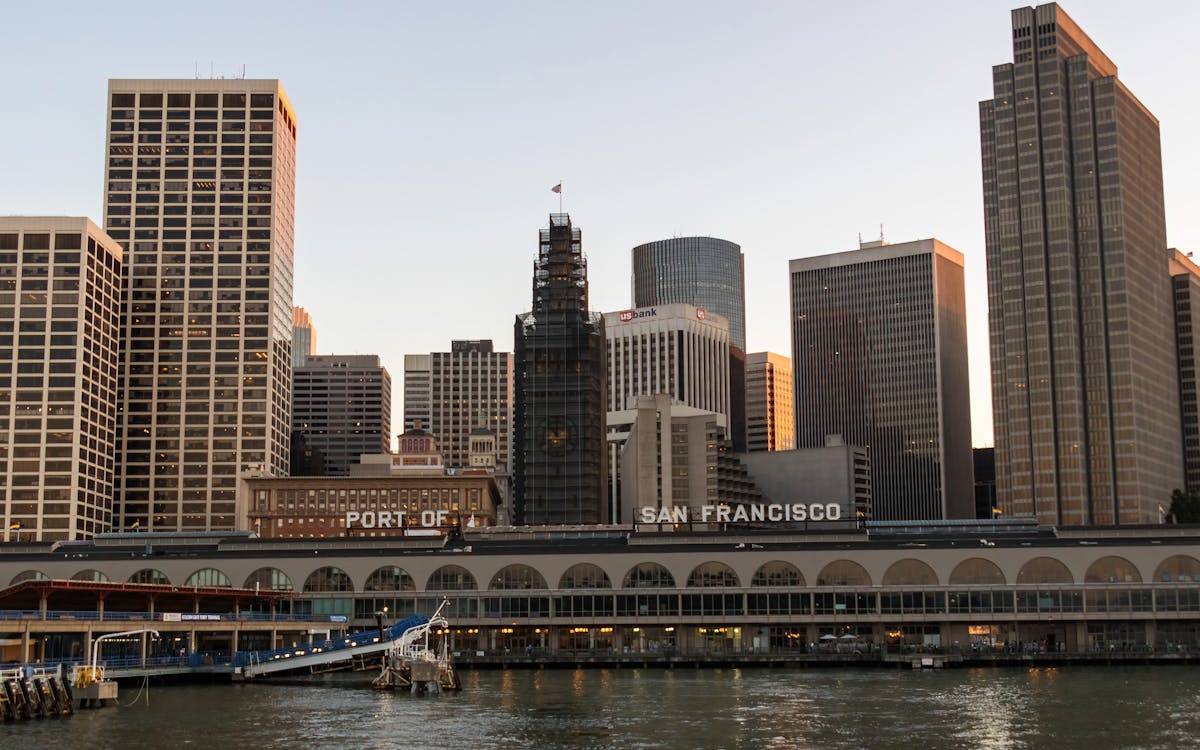Building a Better Bay: Citizen-Led Restoration Success
Building a Better Bay: Citizen-Led Restoration Success
Blog Article

Why Restoration Matters More Than Ever in the Bay Area
Over the last couple of years, the San Francisco Bay has actually weathered the influence of city development, industrial growth, and climate modification. As soon as including wildlife and lavish wetlands, a number of the bay's all-natural communities have been fragmented or degraded. Yet amid these difficulties, something exceptional is happening: neighborhood residents, volunteers, and grassroots initiatives are leading a wave of ecological reconstruction that's bringing new life back to the Bay.
Restoration isn't just about planting trees or cleaning up garbage, though those initiatives are necessary. It's regarding rebuilding the structures of life, from marsh lawns that support fish nurseries to coastline buffers that guard against flooding. And in this region, the power of neighborhood involvement is transforming the tide really realistically.
From Marshland to Miracle: The Return of Native Habitats
Among the most noticeable modifications occurring in the Bay Area is the re-emergence of native environments. Wetlands that were when drained pipes or paved over are being rehydrated and replanted. Yards and shrubs native to the area are being cultivated by community groups, who often rely upon local volunteers to assist expand seedlings and handle regulated growing occasions.
These indigenous plants do more than include plant to the landscape. They provide sanctuary to migratory birds, pollinators, and little creatures, creating pockets of biodiversity amidst hectic metropolitan areas. As these environments broaden, so does the eco-friendly health and wellness of the Bay itself. When local residents take time out of their weekend breaks to obtain their hands in the soil, they're not just growing-- they're participating in the restoration of a living, breathing community.
The Role of Education in Fostering Environmental Stewards
Education plays a crucial part in why these community-led initiatives are functioning so well. Schools, neighborhood centers, and not-for-profit groups are organizing hands-on learning experiences where individuals of every ages can understand the scientific research and value of reconstruction. These programs often bring individuals in person with problems like erosion, air pollution, and water level increase-- topics that can feel abstract until they're seen up close.
When somebody sees the fragile equilibrium of an estuary or learns just how a single plant varieties can filter contaminants from the water, the value of that knowledge ends up being individual. And keeping that understanding comes the inspiration to act. Recovering ecosystems comes to be less of a chore and more of a goal. This deep link to local rooms is what sets the Bay Area apart and gas the long-term success of these initiatives.
Utilizing the Digital World to Drive Real-World Change
Interestingly, the push to recover the Bay's communities isn't taking place alone from the digital globe. Technology is becoming a powerful tool in rallying assistance, spreading out understanding, and attaching areas. Whether with citizen scientific research apps that track indigenous varieties or area discussion forums organizing reconstruction events, the online room is enhancing boots-on-the-ground action.
Over the last few years, also local outreach strategies have developed. As an example, a social media marketing agency in the Bay Area might support environmental projects by aiding volunteers intensify their impact, inform their stories, and motivate others to get included. These digital touchpoints have the power to transform a small weekend cleanup into a local motion simply by letting people understand it's taking place-- which it matters.
Email Campaigns That Inspire and Inform Local Change-Makers
An additional electronic strategy making a concrete difference is email communication. Updates regarding repair occasions, seasonal planting efforts, and contribution drives are often shared through very carefully crafted try these out e-newsletters that strike an equilibrium in between being useful and inspiring. It's not uncommon for a well-timed campaign from an email marketing agency in San Francisco to bring a rush of volunteers or contributions to a task in need.
These email campaigns aren't just transactional-- they're transformative. By informing subscribers about the direct influence their participation has, they support long-lasting engagement. Readers concern seem like stakeholders in the health of their area, which psychological link translates to lasting dedication.
The Unseen Work of Connecting Data, Communities, and Nature
Behind every successful remediation project lies a complex web of control. There's research to recognize what habitats need most, neighborhood feedback to shape comprehensive strategies, and follow-up monitoring to make certain success. This type of ongoing effort frequently calls for not just heart, but information, technique, and communication.
That's where the support of a digital marketing company in the Bay Area can make a quiet yet vital difference. By aiding companies develop solid digital systems, gather understandings, and refine their messaging, these groups allow neighborhood groups to scale their impact. The outcome is a much more linked and reliable activity, where every activity counts, and every person feels like they're component of something bigger.
The Power of People in Preserving the Bay's Future
If there's one thing the Bay Area has shown, it's that restoration does not have to begin with large institutions or massive budget plans. It can begin with one neighbor pulling weeds from a route, one trainee growing an indigenous sapling, or one household showing up to a shoreline clean-up. These little actions accumulate, especially when they're supported by smart approaches and shared with the broader area.
There's something distinctively hopeful about seeing the tides turn-- both figuratively and actually-- in favor of nature. The Bay is far from fully restored, but it's being revitalized everyday via the perseverance and care of those that call this area home. With each marsh rebuilt and each native species protected, we're not just restoring environments-- we're picturing what's feasible when areas lead with function.
Keep following this blog for more tales on neighborhood adjustment, neighborhood effect, and the methods you can be part of safeguarding the all-natural charm that borders us.
Report this page